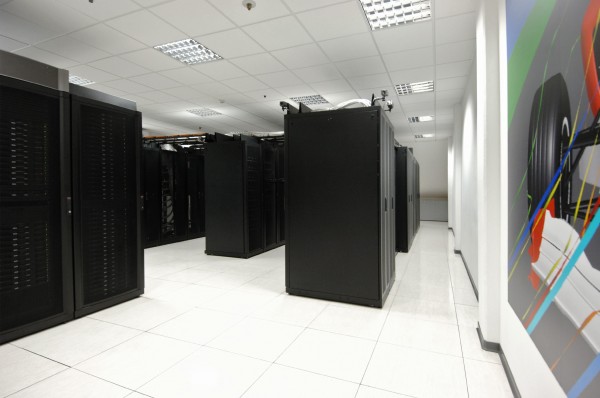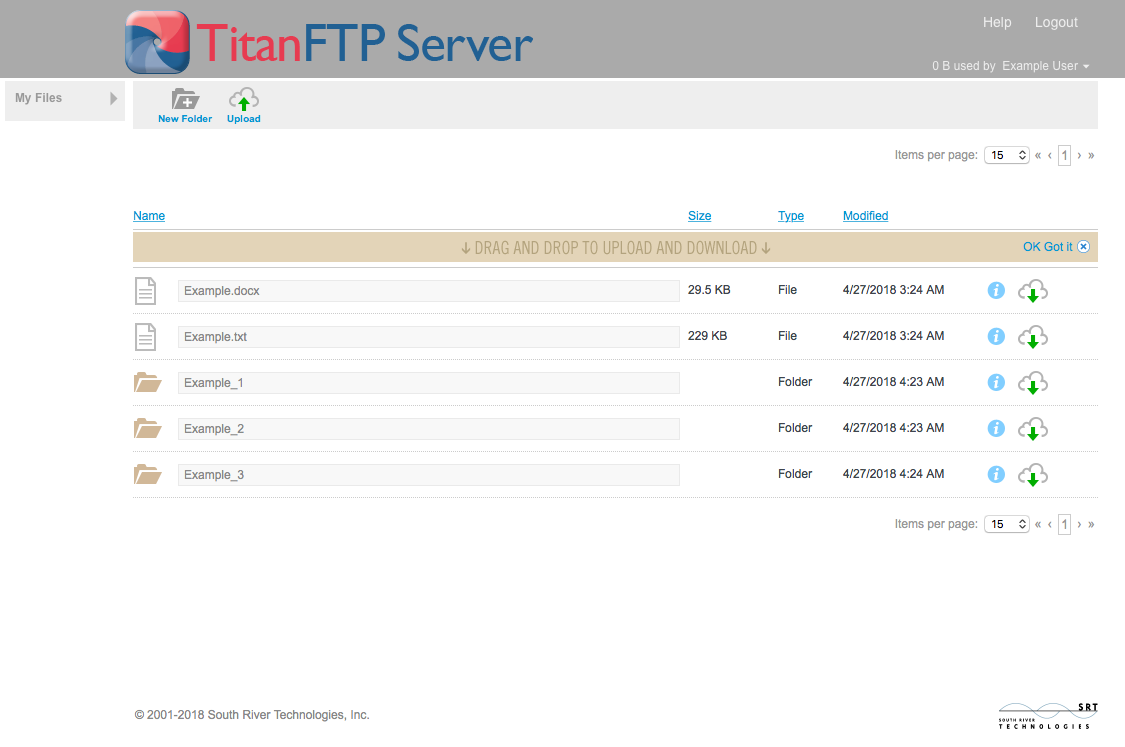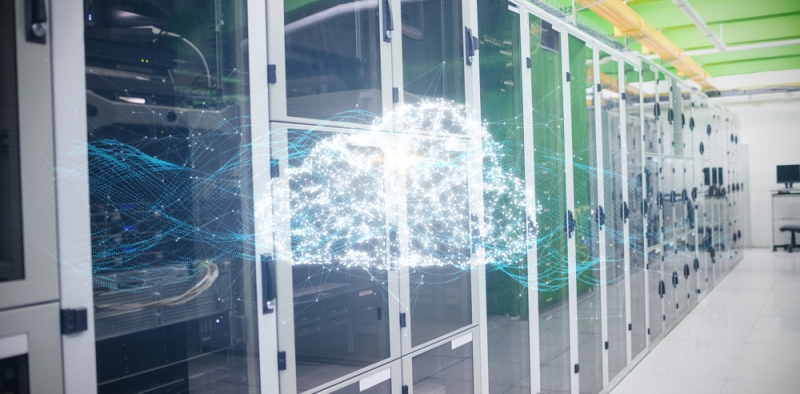
When considering your organizations data center needs, begin your evaluation with the A-B-Cs. The factors organized in this way will ensure that you consider the most vital and fundamental factors that should influence your choice.
A) Age
During the dot.com bubble, the number and geographic distribution of data centers increased exponentially. As increasing numbers of smaller companies found that their data needs exceeded their data storage capacity, data centers sprang up to meet the need. However, during the decades that followed the boom, understanding of environmental and security requirements has grown and changed dramatically. Consider the age of the facility, as it will be an indicator of whether the most up-to-date configurations are inherent in the design or if they have been retrofitted into an outdated structure. For example, more recent construction accounts for a greater degree of standardization and modularity in design, resulting in cost savings when organizational changes or growth must be accommodated.
B) Building Security
In most cases, physical access should be as limited as organizational needs allow. When some access is required, consider the security capabilities of the center. At a minimum, data centers should have video monitoring and 24/7 security personnel. Depending on the sensitivity of the information, a data center may also use fingerprint recognition technology to enhance security.
In addition, data centers must be safeguarded from disasters. Location may dictate what specific protections are needed. For example, a data center in Los Angeles would have special construction considerations to protect from earthquakes, whereas an Amsterdam data center would not necessarily need these special protections. Conversely, Amsterdam datacenters may have special physical considerations that those in Los Angeles do not. However, some factors, such as fire, would be a consideration in both Los Angeles and Amsterdam data centers. No matter where a data center is located, it should have both passive and active fire protection systems.
C) Configuration
There are several aspects of the data center configuration to consider, such as power, cabling and maintenance and replacement. All data centers must have backup power. Ideally, electrical power is backed up with both diesel generators and more than one uninterruptible power supply that will instantaneously supply power in the event of a power failure. The UPS is vital to ensure no loss of data or interruption to operations and services. Auxiliary generators, diesel or otherwise, should also be on hand in the event of an extended power outage.
Cabling may be overhead or under raised flooring; there are rationales for both configurations. Assess which fits best with your needs, size and data use. In addition, different centers have different approaches to server storage and replacement. Make sure you understand how server storage and configuration will affect maintenance, repair and replacement.
There are numerous and complex factors to be considered when selecting data storage. However, beginning with the A-B-C’s will ensure that you first look into the most basic and vital features that will impact your business operations.
Jessica writes about a wide variety of topics. She especially enjoys writing about data. You can learn more about Amsterdam Data Centers at http://www.digitalrealtytrust.com










Comments